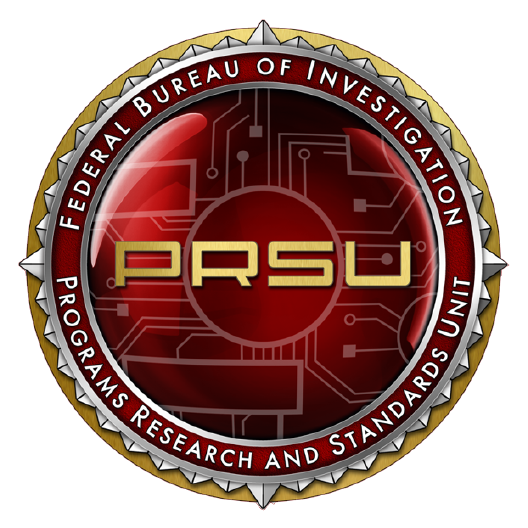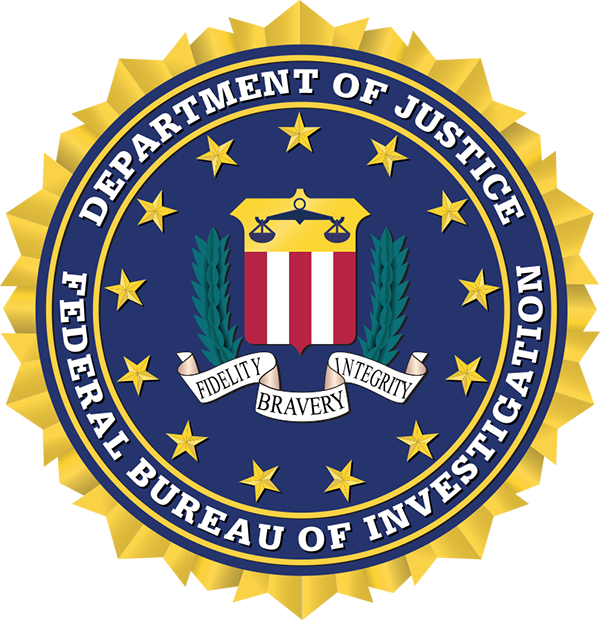Photography of Friction Ridge Skin
 10 PHOTOGRAPHY V4 WITH NARRATION FINAL.mp4
— 66389 KB
10 PHOTOGRAPHY V4 WITH NARRATION FINAL.mp4
— 66389 KB
Video Transcript
Bryan T. Johnson, Major Incident Program Manager, Latent Print Unit, FBI Laboratory Division: Welcome to another installment of the Postmortem Fingerprinting video series.
In this video, we briefly cover the principles of photographing fingers for identification. Oftentimes, when a case is very decomposed, mummified, burned, or it has been rehydrated using certain chemicals, it can be very difficult to obtain a usable quality recording. It is not uncommon for ridges to be seen on the fingers and palms that cannot be properly replicated using traditional methods. The use of a DSLR camera and specific guidelines for capture will allow for the prints to still be searched for identification. In the end, an in-focus, closeup photograph can often exceed the quality of traditionally recorded fingerprints. These images can be submitted as individual files or they can be layered onto a fingerprint card template and submitted as one image. We encourage the photographs are taken by someone in the equipment being used and that proper equipment such as a tripod be used for every case to ensure the best quality capture.
Lastly, we would like to thank the District of Columbia Office of the Chief Medical Examiner for the collaboration and participation in this series, ensuring that everyone watching is provided with tools needed to identify unknown deceased everywhere.
While this video is not meant to be a how-to video on actual photography, it does quickly demonstrate the ease of photographing the hands and fingers for identification. It is important to realize that the skin may not always be printable from a physical standpoint due to gross degradation from decomposition or from perimortem trauma such as fire. In these cases, a DSLR camera with a tripod and a macro lens, a clean matte background, and a scale can be all that is required to capture the fingerprints.
First, the hand should be placed in a manner that it can be closely manipulated into position under a tripod. Next, the hand can be propped up using any supplies necessary at the appropriate angle to achieve a 90 degree plane to the camera. A scale should always be used and it should be placed on the same plane as the finger pad being photographed. Lastly, a little bit of a bleak lighting or even putting a little fingerprint powder or ink on the ridges can help gain enough contrast to photograph the print effectively. This technique can allow prints to be captured when all other methods fail. It is important to note, however, that these will likely need to be processed and compared by a latent print examiner, which can greatly increase the amount of time needed to affect the identification. Therefore, it should not be the primary method of postmortem print capture. Likewise, fingerprint databases such as the FBI’s Next Generation Identification are currently incapable of automatically processing photograph fingers as ten print records, so each finger will need to be properly labeled and submitted for manual processing. Even though this is not the fastest method, an identification may solely rely on the practitioner’s use of photographic print captures, making it an invaluable tool to have.
In this video, we quickly discussed how to photograph friction ridge skin and the basic tools required to do so. If recordings of the skin were taken prior to photographing, please make sure to send in all of the captures and recordings for identification. If any adjustments or digital processing is done on the captured images, then both the original and process version should be submitted. Hopefully by realizing how easy it can be to photograph the hands, cases that were unable to be printed can now be identified. We encourage you to watch the other videos in this series so that you may learn additional rehydration and reconditioning techniques that can further assist in obtaining the prints needed to identify the deceased.
We also encourage you to reach out to the FBI Laboratory with any questions you may have regarding this content or any case related questions we can assist you with.

